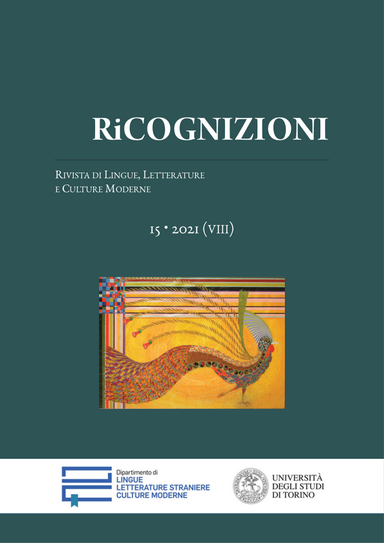A feminilidade da serpente
Subversão, simbologia e sugestão no contexto finissecular
DOI :
https://doi.org/10.13135/2384-8987/5801Résumé
The serpent has been arguably one of the animals whose symbolic meanings varied little during the history of Western imaginary. Known as serpent, snake, viper, or asp, this reptile has marked its territory, perhaps owing to its capacity for rousing fear. Usually regarded as suspicious since the biblical Eden, it has become the sign of evil throughout different cultures and ages. At the end of the 19th century, nevertheless, the serpent imagery acquired a subtly different connotation: whenever its negative aspects were employed, they were subverted so as to become a positive quality, following the thought pattern in the contemporary literature, in which, for instance, death could be seen as desirable. The serpent, then, was thus associated with the female and, more specifically, with femininity, which turned the symbol into a sign of mystery, danger, and sensuality. It was no coincidence that the serpent was one of the animal figures most employed by Charles Baudelaire, whose work features the representation of unusual, transgressive female figures. Therefore, the serpent became an important image to Symbolist and Decadent poets, who sought in the Baudelairian "flowers" figures from which to draw inspiration. Among Portuguese-speaking writers were Camilo Pessanha, Eugénio de Castro, and Cruz e Sousa, whose works abound in sinuous snake figures. Having this context as a starting point, this paper aims to map the presence of serpents in the late 19th-century francophone and lusophone poetry, as well as discuss whether their representation was renovated or drawn from the earlier tradition.
Téléchargements
Publiée
Comment citer
Numéro
Rubrique
Licence
RiCognizioni is published under a Creative Commons Attribution 4.0 International License.
With the licence CC-BY, authors retain the copyright, allowing anyone to download, reuse, re-print, modify, distribute and/or copy their contribution. The work must be properly attributed to its author.
It is not necessary to ask further permissions both to author or journal board.








